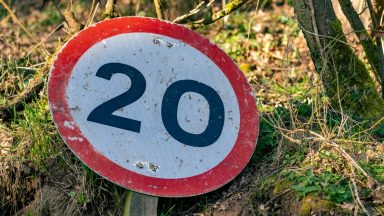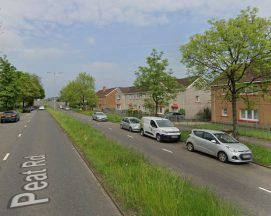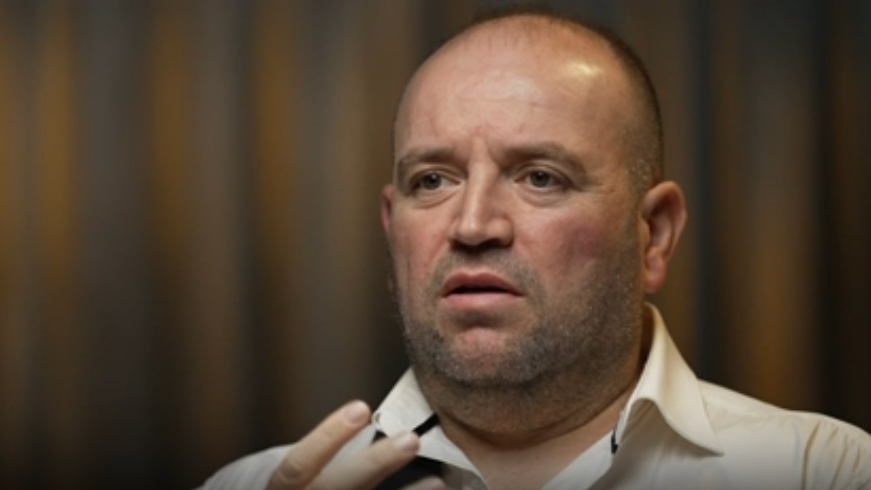Two incentive schemes aimed at controlling Scotland’s ‘unsustainable’ deer population have been launched, Scotland’s nature agency has announced.
The pilot schemes will see qualified and eligible deer stalkers in parts of the central belt and Highland receive payments for additional deer culled over and above the current level in each area.
According to NatureScot, deer populations have increased in number and spread in range over the last 50 years, and have reached a point where they are damaging biodiversity and hampering attempts to tackle climate change.
It said an estimated annual increase of 25% in the national cull, or 50,000 deer, is needed over several years if ambitious Government biodiversity targets are to be met.
Donald Fraser, NatureScot’s head of wildlife management, said: “Globally and in Scotland, nature is in decline and we face a climate emergency. Greater urgency is required to meet the challenges of these twin crises and Scotland has ambitious targets to do so.
“Sustainable deer management is a vital part of this. We know, however, that 80% of deer management is carried out by the private sector at a net cost to deer managers. These innovative pilot schemes will give extra support to those working hard on the ground to tackle high deer numbers in certain areas.
“This will help bring the number of deer in balance with the rest of nature so that our woodlands, forests, peatlands and other habitats can recover and thrive.
“Deer management and the jobs and skills associated with it can also bring significant benefits for the rural economy and that’s why these pilots will also investigate future training support as well as exploring the barriers and opportunities to increasing the supply of venison to local communities.”
One pilot will cover a region of 370 square miles to the north of Glasgow and the west of Stirling, with a focus on managing lowland and urban roe deer, as well as expanding red deer populations.
The other will focus on a 203 square mile area on the south-eastern side of Loch Ness, with a focus on controlling invasive non-native sika deer in important native woodlands and commercial forestry.
Separately, the Cairngorms National Park Authority will also be running a third scheme to incentivise a reduction in red deer hind numbers in the National Park.
NatureScot explained that while deer populations are an important part of Scotland’s biodiversity, in high numbers their trampling and browsing has a negative impact on habitats, particularly woodlands.
It said the presence of high densities of deer prevent the planting of more trees, which it says is key to tackling climate change and biodiversity loss.
It added that deer can also cause damage to commercial forestry and agricultural crops, and that they create an increased risk of road traffic collisions.
Agriculture minister Jim Fairlie said: “We know that Scotland is facing a nature loss crisis. Unsustainable deer numbers are exacerbating the problem as large populations continue to damage our plant life.
“Landowners have a significant role in helping us meet this challenge. These schemes will encourage responsible and sustainable wildlife management practices that align with our goals for both the climate and our natural environment.”
The pilot schemes, which are open only to qualified and eligible deer stalkers, will start in Autumn 2024 and run until March 2025, with the the expectation they will be repeated over the following two winters.
A report on the effectiveness of the schemes will then be produced, which will be used to develop future pilots.
Under the Scottish Biodiversity Strategy, the Scottish Government has committed to halting biodiversity less by 2030 and to restoring nature across Scotland by 2045.
Follow STV News on WhatsApp
Scan the QR code on your mobile device for all the latest news from around the country





























